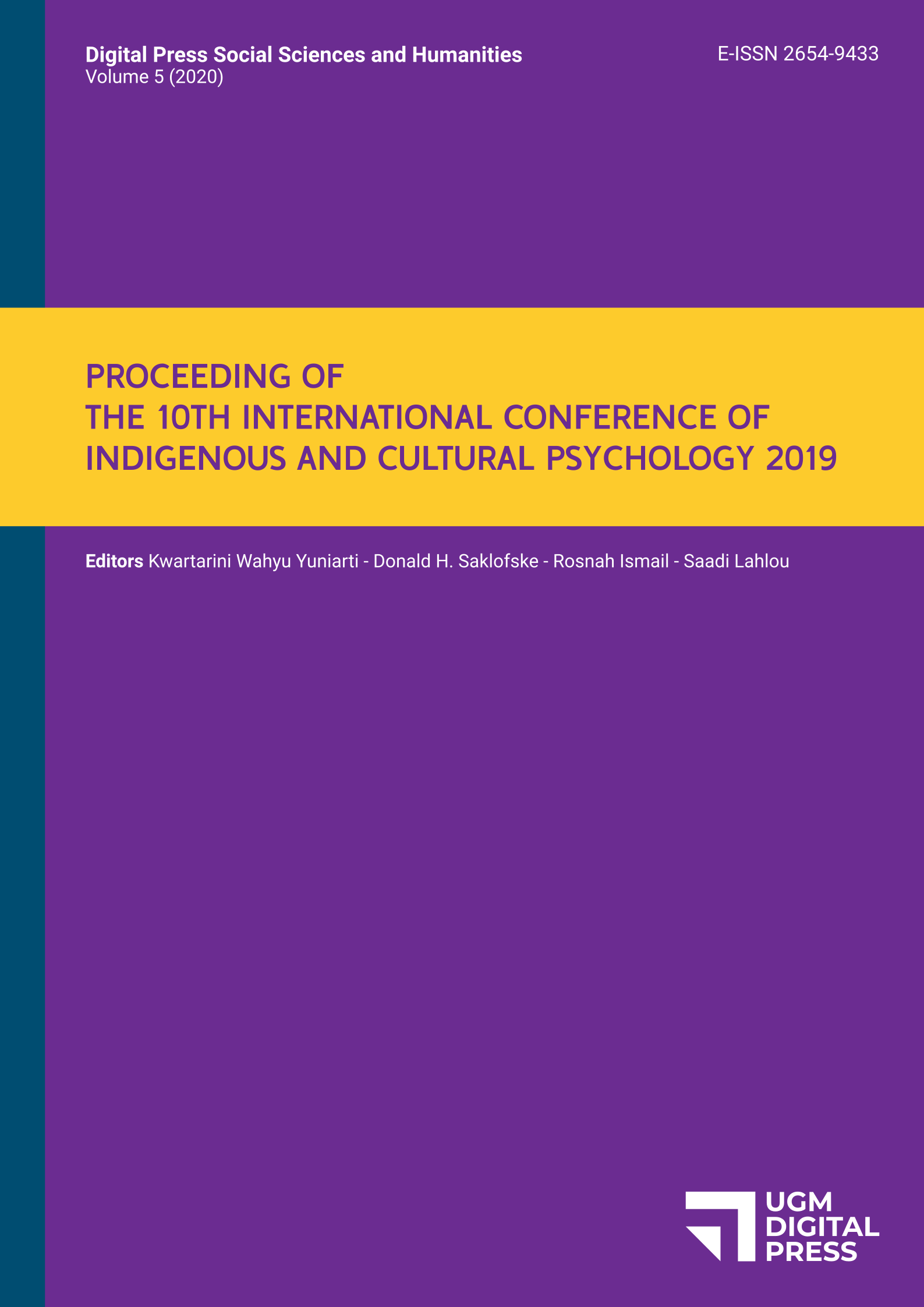Readiness for Change Reviewed from Intrapreneurship and Perception of Career Development
I Gde Dhika Widarnandana
1
, Sumaryono
2
1
Psychology Study Program, Dhyana Pura University, Badung, Bali, Indonesia
2
Psychology Faculty, Gadjah Mada University, Yogyakarta, Indonesia
gdedhika@undhirabali.ac.id
Abstract
Change is necessary for a company to survive in the global competition. Intrapreneurship and perception of career development are essentials in allowing companies to be responsive. The purpose of this study is to investigate whether intrapreneurship and career development perception are predictors of readiness for change. This study involved 193 employees who have worked at least two years and have a minimum high school degree. Several measurement tools were used: (1) employee readiness for change scale with the reliability 0.827, (2) intrapreneurship scale with a reliability score of 0.912, and (3) perception of career development scale with a reliability score of 0.873. Respondents were recruited using a purposive sampling technique. Data were analyzed using multiple regression analysis. The results of this study achieve a value of p <0.05 and R2 = 0.414, indicating that intrapreneurship and perception of career development contribute 41.4% in explaining employees' readiness for changes. Thus, this research becomes an important study of employee readiness for change.
Keywords
career, intrapreneurship, readiness for change
References
2 Psychology Faculty, Gadjah Mada University, Yogyakarta, Indonesia
gdedhika@undhirabali.ac.id

